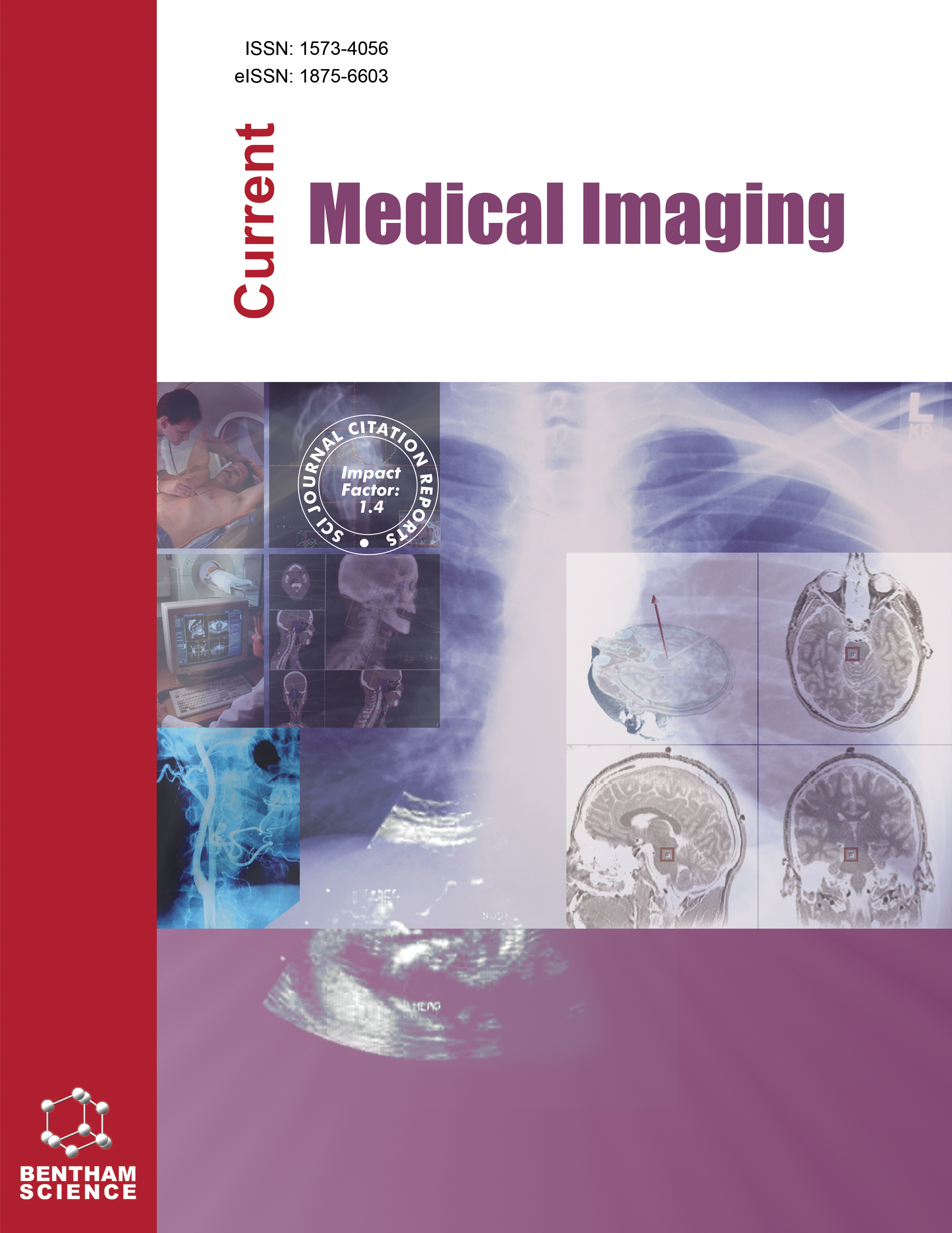-
oa Reliability of Conventional Hip MRI in Detecting Labral Tear and Labrocartilagenous Lesions in cases of Femoroacetabular Impingement, A Comparative Study with Hip Arthroscopy
- Source: Current Medical Imaging, Volume 20, Issue 1, Jan 2024, E060323214358
-
- 15 Jun 2022
- 26 Dec 2022
- 28 Apr 2023
Abstract
Imaging studies play a crucial role in diagnosing femoroacetabular impingement (FAI), including plain radiography and Magnetic Resonance Imaging (MRI). FAI is a combined pathology of bony abnormality, labral and labrocartilagenous erosions. Surgical treatment for such cases has become more established and preoperative imaging is the roadmap that includes the assessment of labrum and articular cartilage.
During a period of 2 years, thirty-seven patients with a clinical diagnosis of FAI were retrospectively enrolled in this study, including 17 men and 20 women, aged 27–62 years. There were 22 right hips and 15 left hips. MRI was done for all patients to identify bony details, labral and chondral abnormalities and to exclude coexisting disorders. The imaging findings were compared with the arthroscopic data.
15 patients had Pincer FAI, 11 patients had CAM, and 11 patients had combined Cam/Pincer FAI. Labral tear was detected in 100% of patients, 97% had an anterosuperior labral tear. 82% of patients had partial thickness cartilage lesions and 8% had full thickness cartilage lesions. MRI had a sensitivity of 100% compared to hip arthroscopy in detecting labral tear, 60% in detecting cartilage erosion.
Conventional hip MRI detects bony changes in FAI, type of impingement and associated labral tear and cartilage erosions in comparison to the hip arthroscopy.


